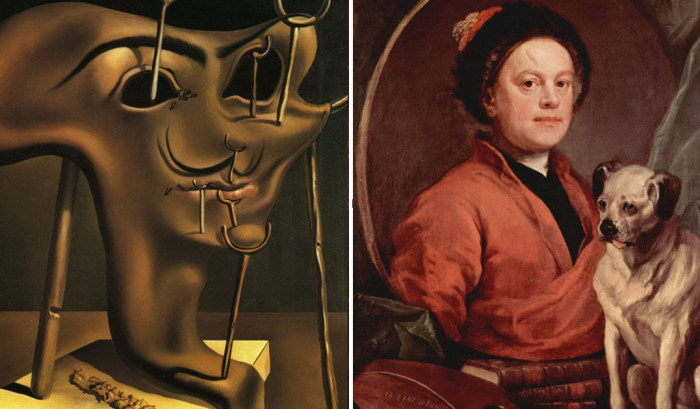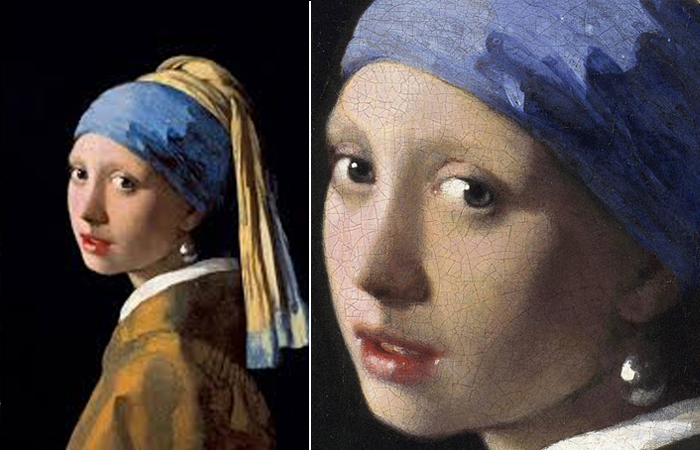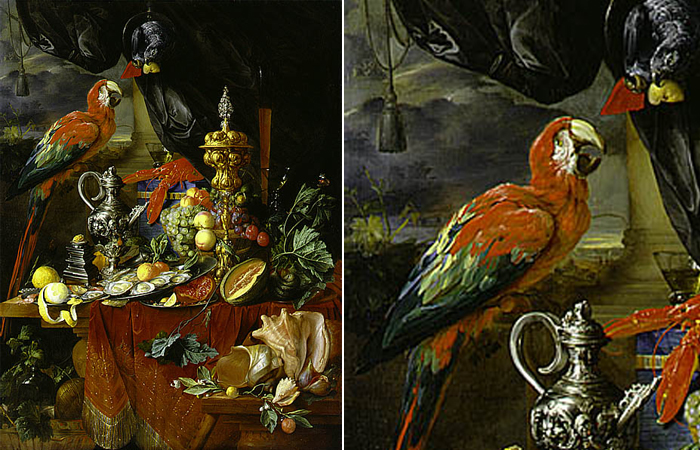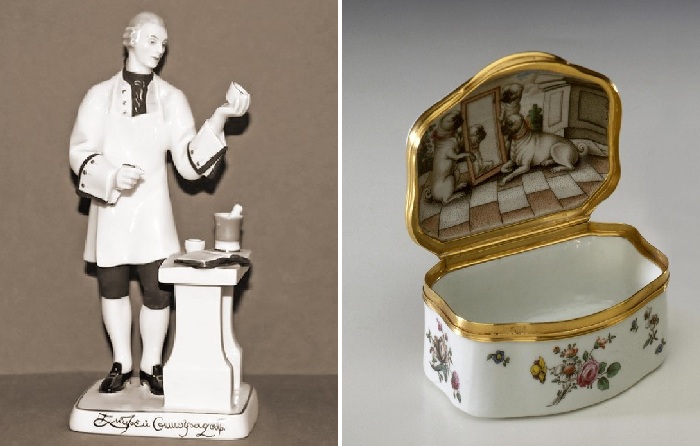natural landscape
How Pavel Tretyakov competed with the emperor to create the most famous art gallery in Moscow
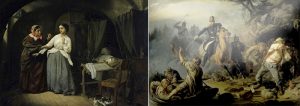 Before the revolution, patronage of the arts was considered not only charitable, but also beneficial for the donor himself, and the point here was not taxes at all. According to the ideas of merchants in the old days, this activity avoided the terrible temptation – the power of money. Most often, wealthy industrialists became patrons of shelters, hospitals, and educational institutions. At first, the partners and competitors laughed at the Tretyakov brothers’ passion for painting, but time, of course, put everything in its place.
Before the revolution, patronage of the arts was considered not only charitable, but also beneficial for the donor himself, and the point here was not taxes at all. According to the ideas of merchants in the old days, this activity avoided the terrible temptation – the power of money. Most often, wealthy industrialists became patrons of shelters, hospitals, and educational institutions. At first, the partners and competitors laughed at the Tretyakov brothers’ passion for painting, but time, of course, put everything in its place.
Pavel and Sergey Tretyakov were the eldest children in a well-known merchant family. This dynasty of industrialists has flourished since the 18th century, and for several generations from the retail of buttons, it has been able to grow to manufacturers – the family owned paper dyeing and finishing industries. I must say that, despite the huge investment in art, by the time of his death, the state of Pavel Tretyakov was estimated at 3.8 million rubles. Continue reading
Skillful fakes that museums took for originals
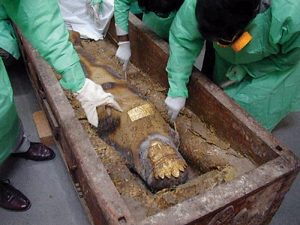 Artistic fakes are a very real threat that museums constantly have to contend with. Fake artifacts appear in many museums from time to time, which can be displayed for several years before specialists realize that this is a fake. For counterfeiters, the high price tags attached to these fakes are often an incentive to continue to create fakes. Art fraudsters often go to great lengths to trick museums into acquiring their work. Some fakes are so good that it is difficult for historians and archaeologists to distinguish them from real things. Among the museums that became victims of fakes is even the famous Louvre Museum, where for many years successful copies were exhibited instead of the originals, and no one even knew about it.
Artistic fakes are a very real threat that museums constantly have to contend with. Fake artifacts appear in many museums from time to time, which can be displayed for several years before specialists realize that this is a fake. For counterfeiters, the high price tags attached to these fakes are often an incentive to continue to create fakes. Art fraudsters often go to great lengths to trick museums into acquiring their work. Some fakes are so good that it is difficult for historians and archaeologists to distinguish them from real things. Among the museums that became victims of fakes is even the famous Louvre Museum, where for many years successful copies were exhibited instead of the originals, and no one even knew about it.
Three Etruscan warriors
In 1933, the New York Metropolitan Museum of Art added three new works of art to its exhibition. These were sculptures of three warriors of ancient Etruscan civilization. Continue reading
Ciphers, signs and self-portraits: How artists of the past signed their paintings
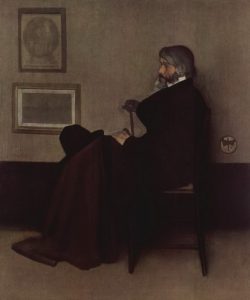 Not every masterpiece of painting contains the signature of the artist. There were reasons for this, both at the dawn of the Renaissance and in the modern era; they are now. Some of the works were “signed” by the masters in unusual ways – symbols in which an indication of the identity of the author was hidden. Bones, butterflies, cats appeared in the paintings for a reason.
Not every masterpiece of painting contains the signature of the artist. There were reasons for this, both at the dawn of the Renaissance and in the modern era; they are now. Some of the works were “signed” by the masters in unusual ways – symbols in which an indication of the identity of the author was hidden. Bones, butterflies, cats appeared in the paintings for a reason.
Why it was not customary to sign a work before
Having finished work, put your signature in the lower right corner of the picture – a custom that entered the practice of artists during the early Renaissance. Alas, authorship of earlier works is often not possible to establish – primarily because of the lack of signatures on them. Artists of the Middle Ages then united in workshops, and had no right to show any individualism in creativity, this was perceived as vanity. In addition, most of the works were devoted to religious subjects, and to put their own name on paintings depicting saints was akin to sacrilege. Continue reading
